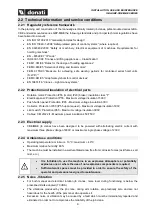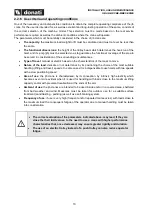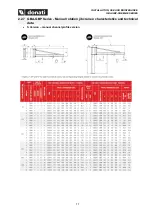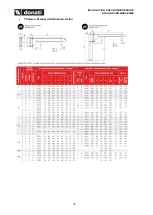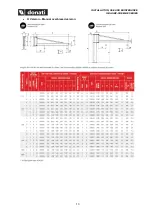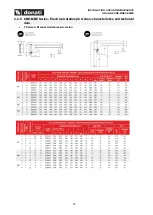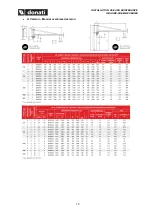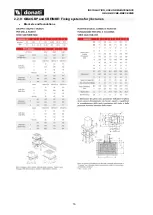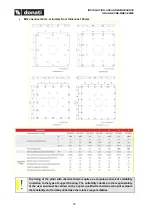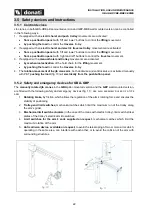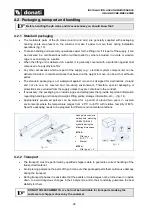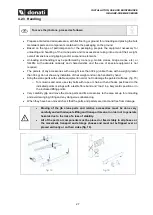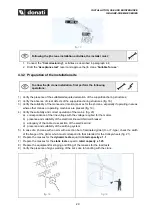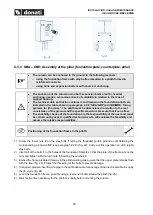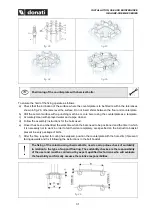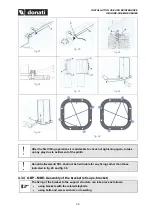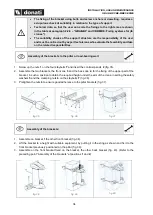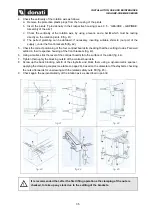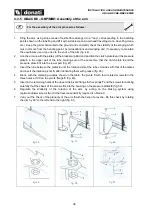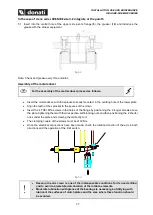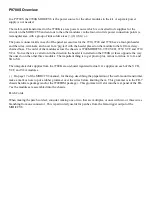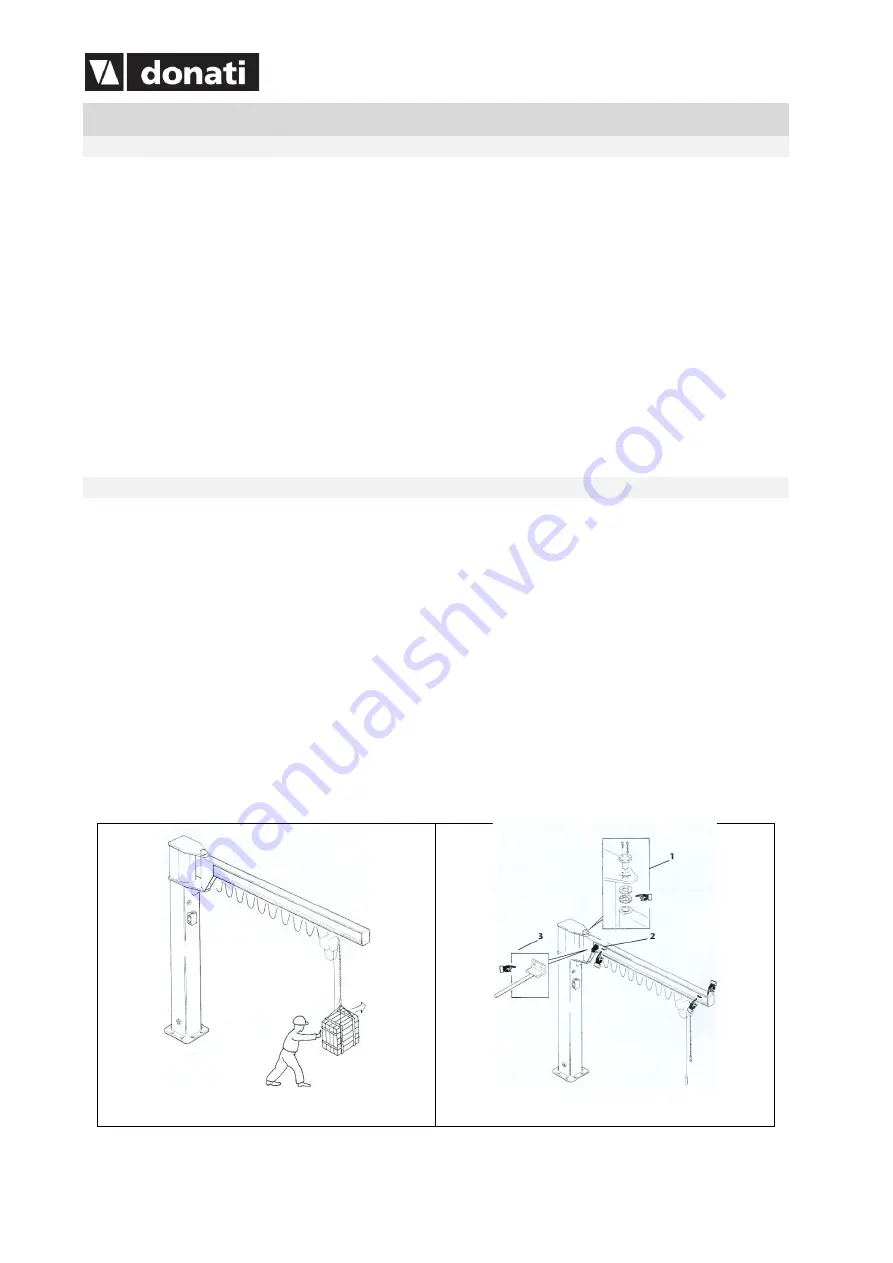
INSTALLATION, USE AND MAINTENANCE
GBA-GBP-CBE-MBE SERIES
22
3.5 Safety devices and instructions
3.5.1 Control devices
Jib cranes, in both GBA-CBE pillar-mounted version and GBP-MBE wall-mounted version can be controlled
in the following ways:
1. If equipped with an
electric hoist
and push trolley
movements are activated:
•
from a pushbutton panel
with “lift and lower” buttons to control the
lifting
movement.
•
by pushing the load
to control the
traverse
trolley.
2. If equipped with an
electric hoist
and electric traverse trolley
movements are activated:
•
from a pushbutton panel
with “lift and lower” buttons to control the
lifting
movement.
•
from a pushbutton panel
with “right and left” buttons to control the
traverse
movement.
3. If equipped with a
manual hoist
and trolley
movements are activated:
•
by mechanical activation
of the hoist chain for the
lifting
movement.
•
by pushing the load
to control the
traverse
trolley.
4. The
rotation movement of the jib crane arm
, both clockwise and anticlockwise, is activated manually
with P&T
pushing the load
or electrically from the pushbutton panel.
3.5.2 Safety and emergency devices for GBA- GBP
The
manually rotated jib cranes
in the
GBA
pillar-mounted version and the
GBP
wall-mounted version,
are fitted with the following safety and emergency devices (fig. 11):
SEE ALSO ASSEMBLY RULES OF S-TYPE
ARM
1.
Rotating brake,
by friction, which allows the regulation of the arm’s rotating force and ensures the
stability of positioning.
2.
Trolley-end limit switches,
mechanical catches which limit the maximum run of the trolley along
the arm’s girder.
3.
Mechanical limit switch actuators
(in the case of the crane with electric trolley), limit switch striker
plates of the trolley’s electrical microswitches.
4.
Limit switches for the arm’s ends supplied on request,
mechanical catches which limit the
maximum rotation of the arm.
5.
Anti-collision device, available on request,
to avoid the telescoping of two or more arms which,
operating in the same area, can interfere with each other; or to avoid the collision of the arm with
surrounding structures.
fig. 10
fig. 11


